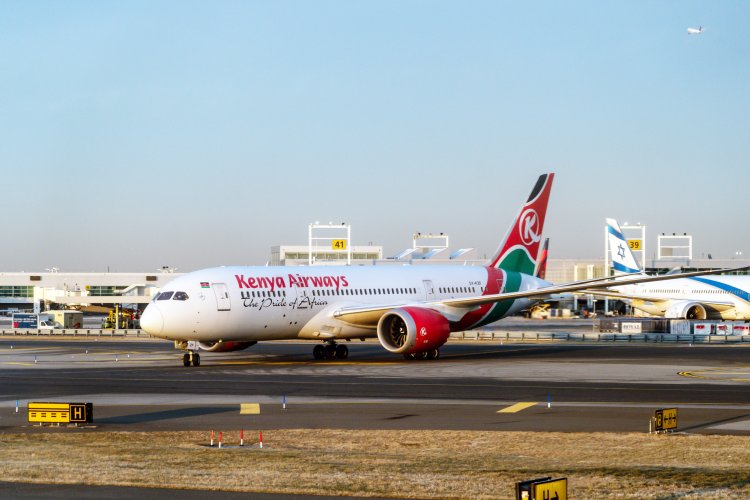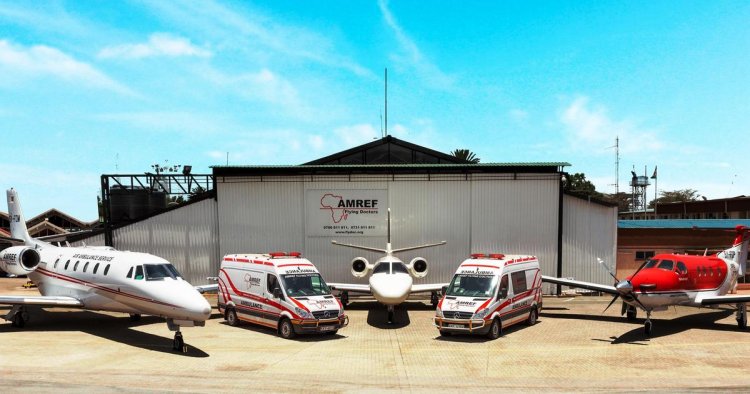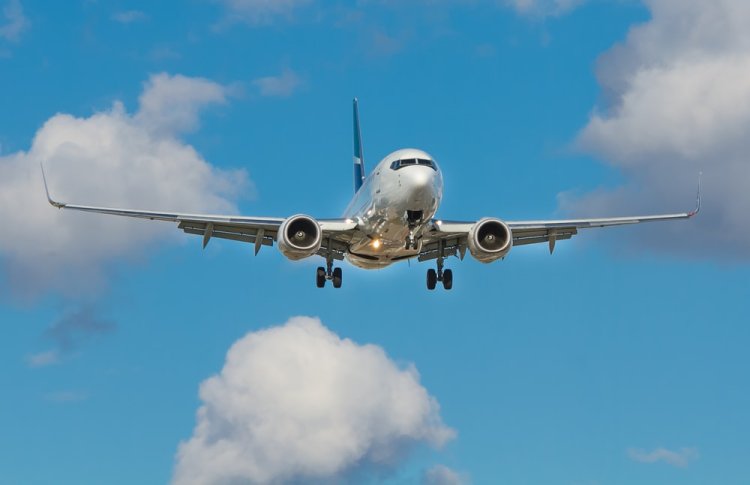Passenger Dies Aboard Kenya Airways Flight From US
KQ003 was scheduled to land in Nairobi at 10:30 am on Monday, August 22 but was delayed till 1900hrs.

Kenya Airways confirmed on Tuesday, August 23 that one of its passengers died during a return flight to Nairobi from New York, USA.
In a statement, the national airline revealed that the flight, KQ003 was forced to divert from its 15-hour flight to Casablanca, Morocco, for a medical emergency after it was discovered that the passenger fell ill mid-journey.
Unfortunately, the passenger had already passed away by the time the flight landed in Casablanca.

AMREF Flying Doctors based at Wilson Airport. /AIR MED AND RESCUE
"On arrival in Casablanca, medical personnel at the airport found the passenger unresponsive and was confirmed to have passed away," the notice read in part.
The passenger's identity was not established by the time of the confirmation, with the family being notified of the events.
"We convey our deepest condolences to the family and friends of the deceased and sincerely apologise to our other guests for the inconvenience," part of the statement read.
The International Air Transport Association (IATA) notes that cabin crew trained to perform cardiopulmonary resuscitation (CPR) should continue CPR until one of the following occurs: Spontaneous breathing and circulation resume; or it becomes unsafe to continue CPR (e.g. moderate and severe turbulence and/or forecasted difficult landing after liaising with the flight crew); or all rescuers are too exhausted to continue.
Other occurrences include when the aircraft has landed and care is transferred to emergency medical services, or the person is presumed dead. If CPR has been continued for 30 minutes or longer with no signs of life within this period, and no shocks advised by an onboard Automated External Defibrillator (AED), the person may be presumed dead, and resuscitation ceased.
When a person has been declared dead or presumed dead, IATA suggests the following protocol:
- Advise the captain immediately as he/she will have to advise the destination airport using company protocol to make sure the proper authority meets the flight
- Move the person to a seat - if available, one with few other passengers nearby. If the aircraft is full, put the person back into his/her own seat, or at the crew's discretion, into another area not obstructing an aisle or exit. Take extra care when moving the person and be aware of the difficulty of the situation for companions and onlookers.
- Put the person in a body bag if your airline uses them. Zip the bag up to the neck.
- Restrain the person with a seat belt or other equipment.
- Close the eyes, and cover the body with a blanket up to the neck if a body bag is not available.
- Request contact information from travelling companions.
- Disembark other passengers first and make sure the family members stay with the body. Do not disembark the body until the proper local authority has arrived to take care of the body and that the ground personnel is available to assist the family members.







